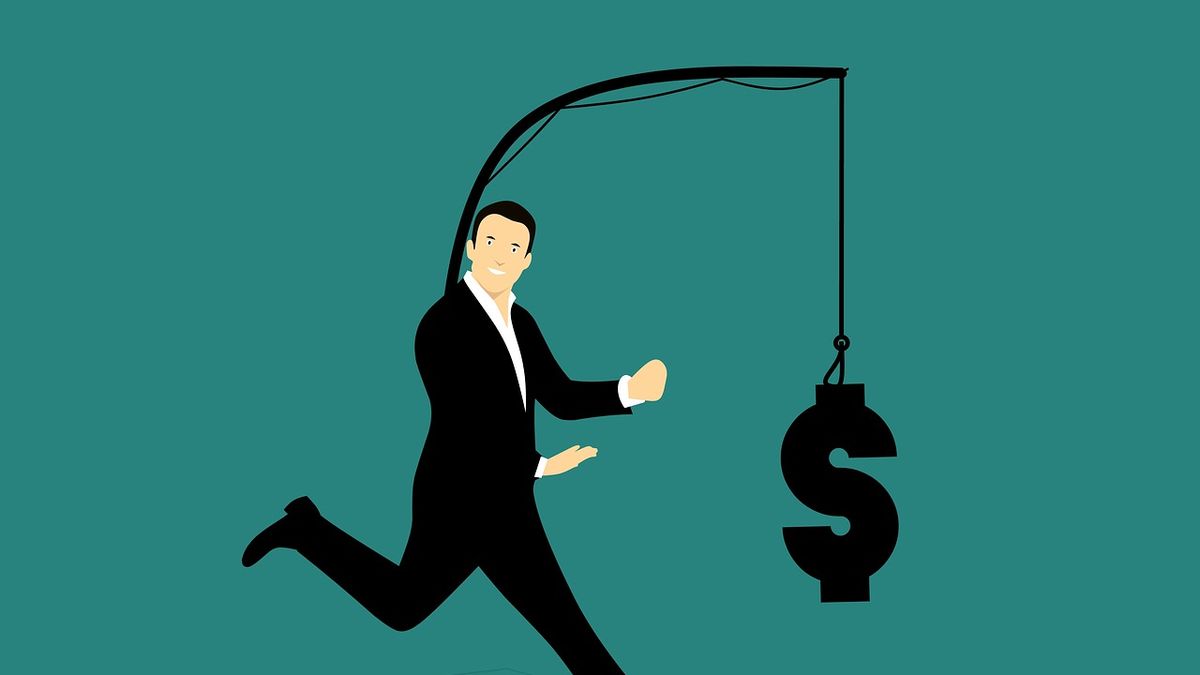With the December photo, the salaries They beat the prices. The RIPTE index closed the year 53.4% higher, against 50.9% inflation. As of November, SIPA gave 56.3% to private workers. But the photo is not the film: the improvement was concentrated in the second semester, in line with the electoral calendar. In the annual average, the real salary fell 2.9% according to RIPTE, and remains neutral according to SIPA data.
According to a report by Econviews, An index based on the basic salaries of Commerce, Banking, Truck Drivers, Food (STIA) and the UOCRA, shows an annual variation of 49.2% as of October 2021. For this group, the real decrease was 1.7% in 2021. With current parities, this index would fall to 40% by April, 10 percentage points below inflation that would not be below 50%. The evolution of real wages after that month will depend on what was negotiated as of March and, of course, on the CPI.
However, from the consultancy they warn that the balance of forces between the government and the workers must be weighed in the context of the agreement with the IMF. “Beyond the segmentation, the rate and exchange rate correction implied by the agreement with the IMF can push inflation to approach an alarming 60%. The REM median sees it comfortable above 50% for the next 6 months, and at 57.3 % for December, similar to our own projection of 58%. The 33% projection of the 2022 Budget was outdated, but the government hopes to achieve disinflation and lower it to 40%,” they said.
In this frame, if the government imposes its guideline of 40% for joint wages, and average annual inflation is 57.4% as we forecast, real wages will fall 6.5% in 2022. Of course, the unions foresee higher inflation and Moroni himself left the door open for a “semi-annual review”. But a further increase of 15% (55% in the whole year) would still leave real wages 2.2% lower in this scenario, which we see as the most likely. If annual inflation adjusts to around 52%, the median estimate of the REM, the loss of purchasing power would be 3.3% with parities of 40%, and would remain stable with parities of 50%. According to his own estimates, the government’s guideline will be enough for a recovery of real wages of 1.5%, which we imagine is what feeds the discourse that, despite the agreement with the IMF, workers will experience a real improvement in their pockets.
Source: Ambito
David William is a talented author who has made a name for himself in the world of writing. He is a professional author who writes on a wide range of topics, from general interest to opinion news. David is currently working as a writer at 24 hours worlds where he brings his unique perspective and in-depth research to his articles, making them both informative and engaging.




